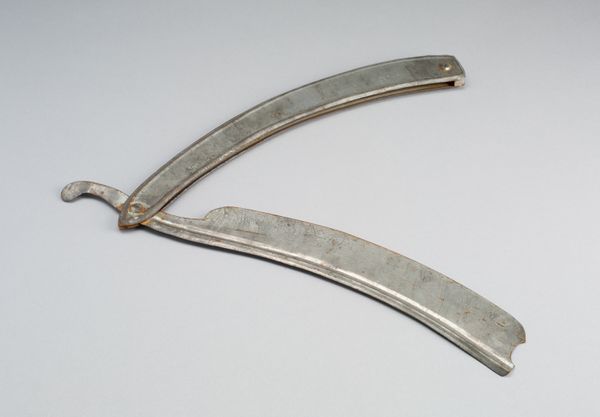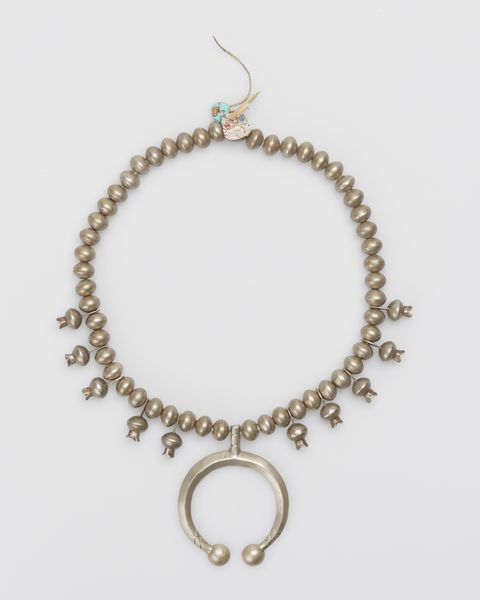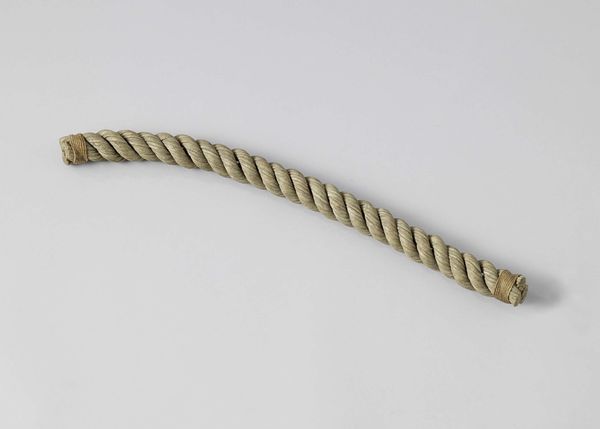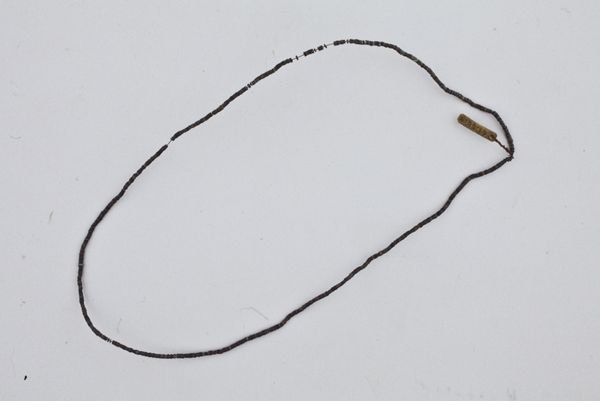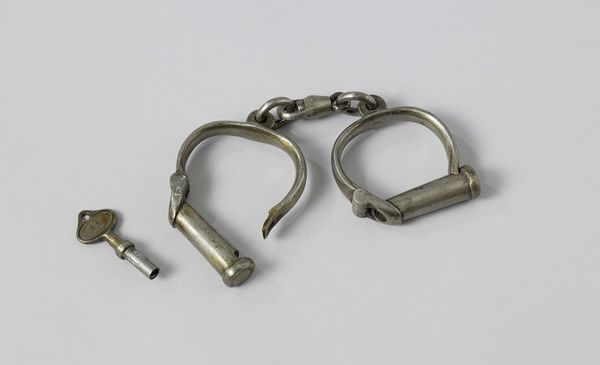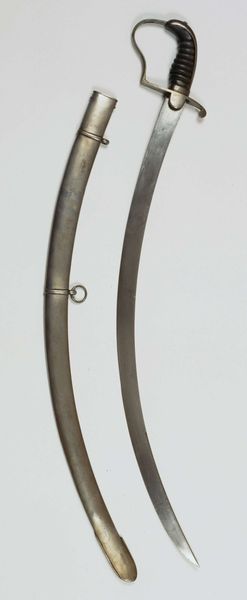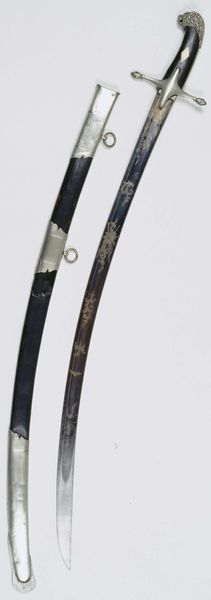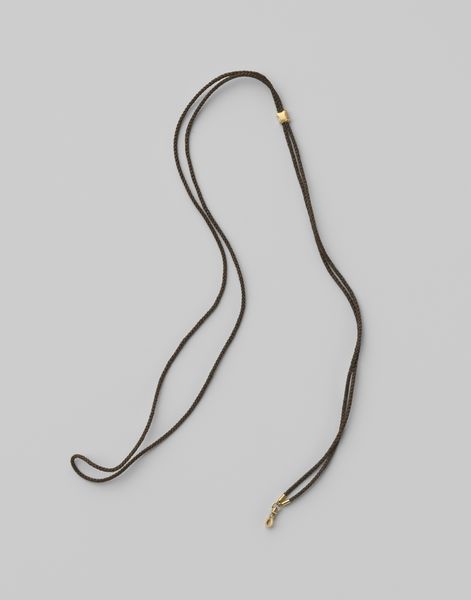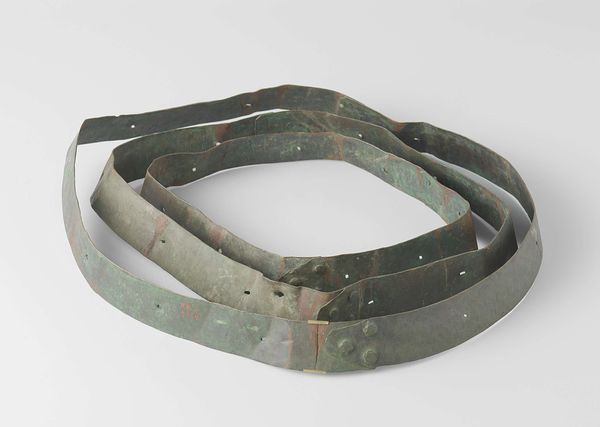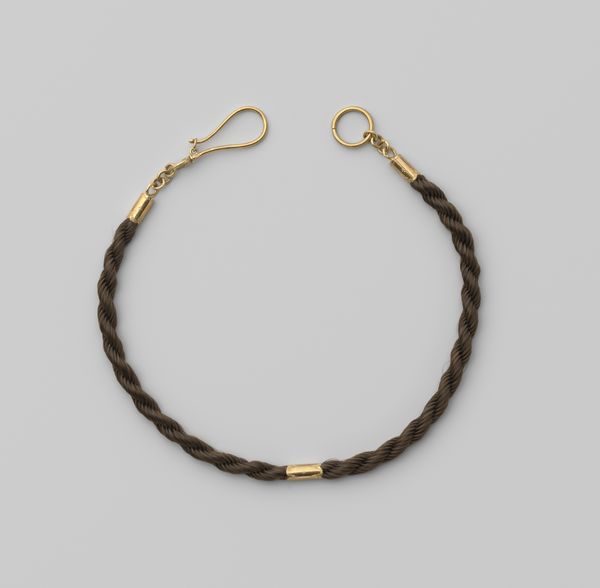
assemblage, metal, found-object, sculpture
#
assemblage
#
metal
#
found-object
#
sculpture
Dimensions: (1) length 145 cm, (2) length 141 cm, (3) length 95 cm
Copyright: Rijks Museum: Open Domain
Editor: These are "Three Samples of Lightning Conductors" dating from between 1795 and 1848, created by Jochem Pietersz. Asmus. They are metal assemblage sculptures, incorporating found objects. Initially, they just appear as simple, almost delicate circles. What am I missing? How should we interpret them? Curator: Think about lightning itself. It's this sudden, powerful force, often feared, yet also revered in many cultures as a symbol of divine power or change. Editor: Right, like Zeus's thunderbolt! So, you're suggesting these conductors, these simple loops, take on a larger symbolic meaning, managing this awesome power? Curator: Precisely! What do these circles *remind* you of? A crown? A halo? The act of containing? Consider the cultural moment. People of the 18th century were obsessed with new scientific advancements and controlling the elements. Look closely at the small talisman connected to the upper left one, its power is in the icon engraved on it. These "found objects" become infused with meaning. Editor: So, beyond their practical purpose, they're also potent symbols of human ingenuity and control, echoing earlier belief systems that used images and talismans to propitiate lightning storms. It makes me rethink these not as obsolete science but relics of ritualistic appeasement too. Curator: Exactly! Seeing how even scientific advancement finds a base in primal and powerful human desire—mastery of natural and spiritual power. These sculptures present a nexus of past traditions with future technology. What began as divine, transformed into an icon. What have you learned from this seemingly obsolete work? Editor: These ordinary items embody so many complex cultural currents of its time, revealing persistent desire for order within chaos. Seeing continuity through change has transformed how I engage with objects today! Thanks!
Comments
No comments
Be the first to comment and join the conversation on the ultimate creative platform.

